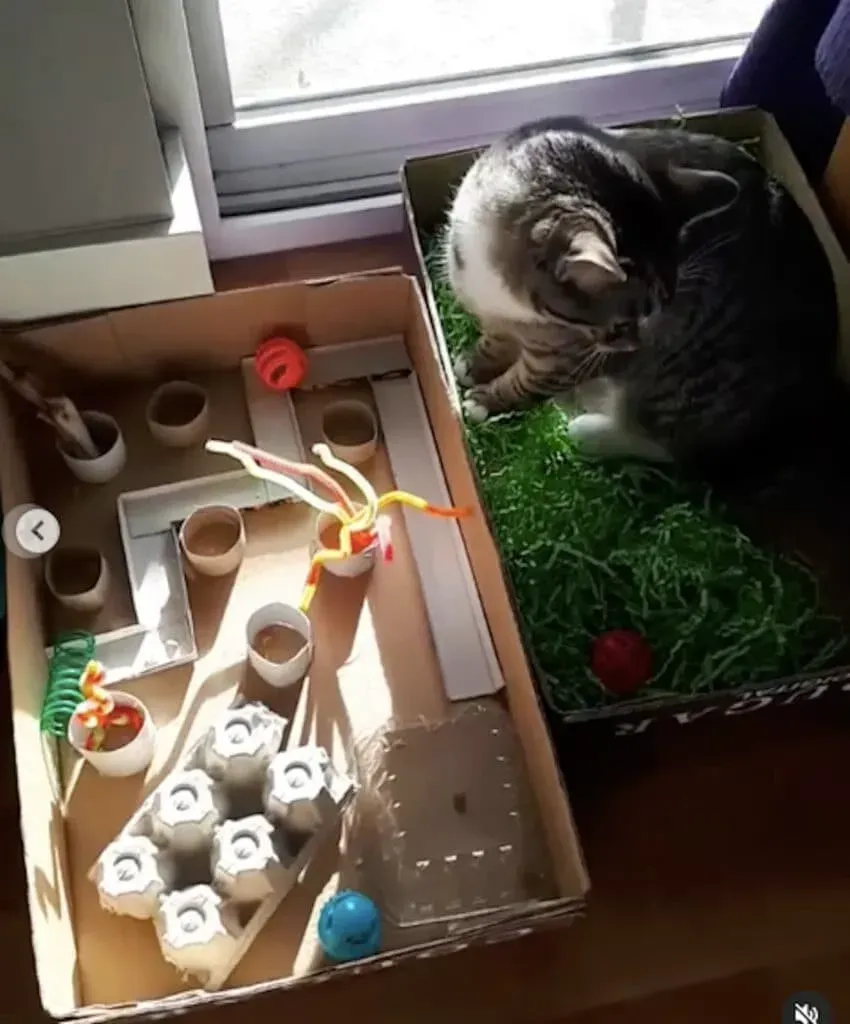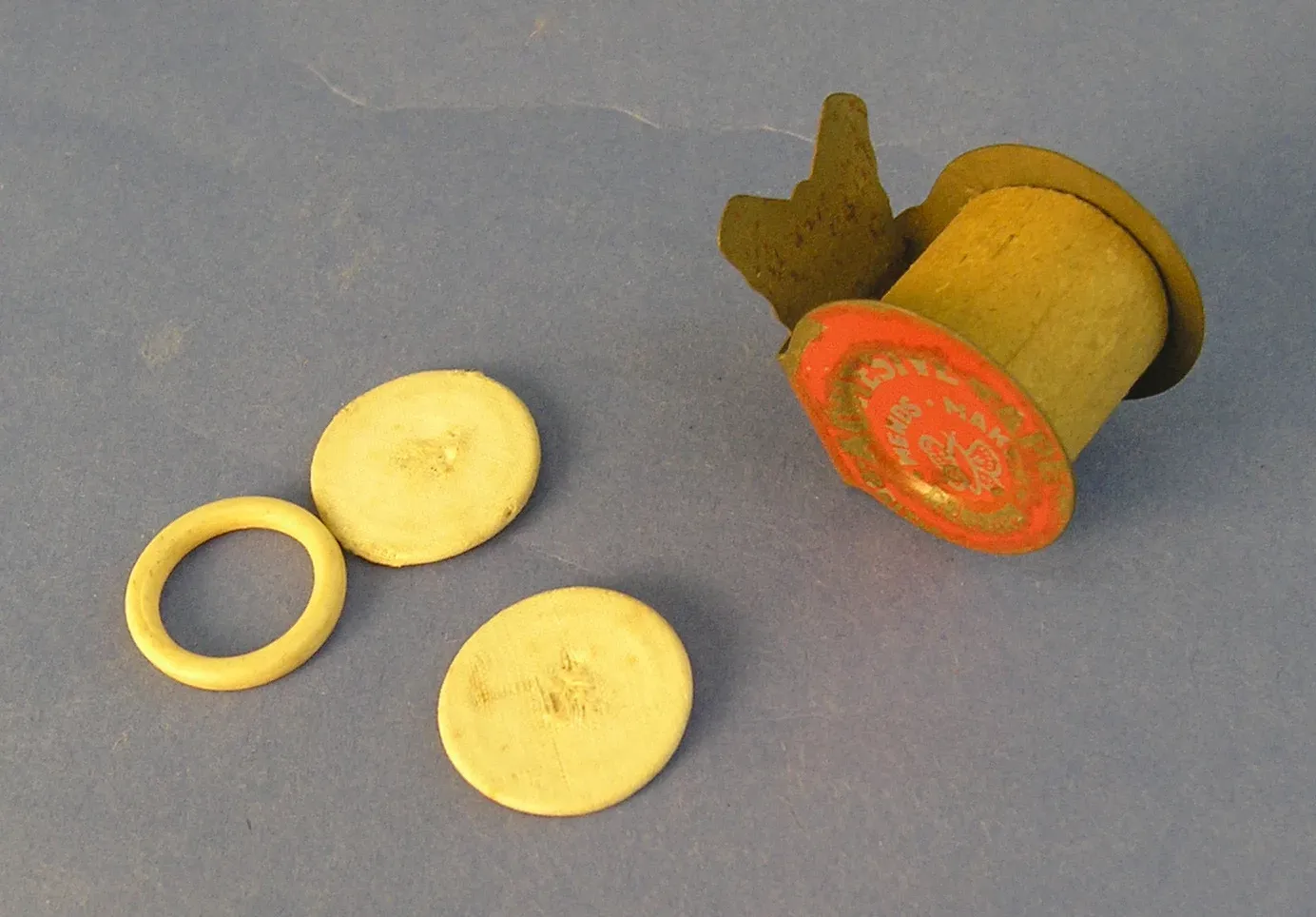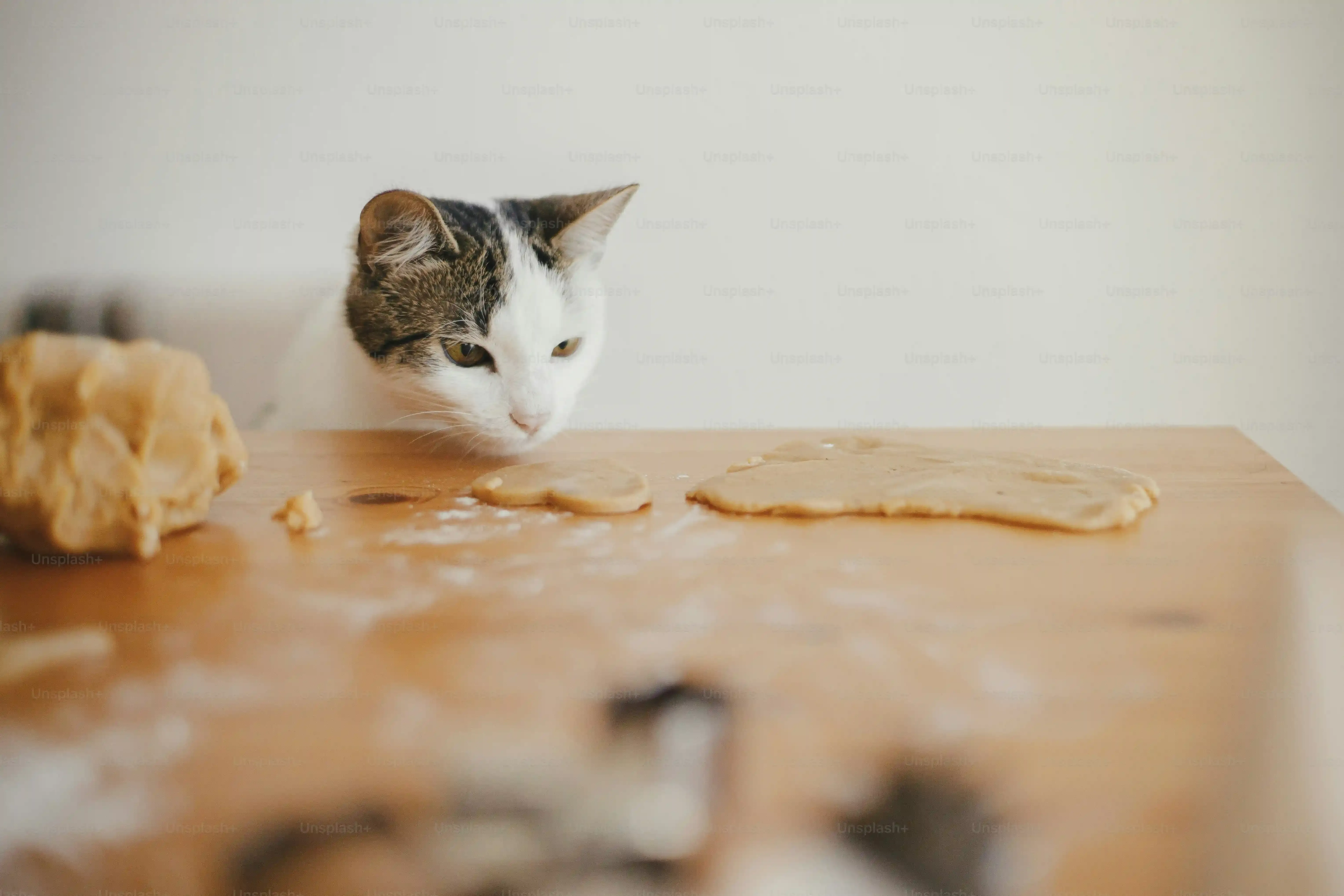Table of Contents
Let's be real, your cat probably spends a solid chunk of their day perfecting the art of napping. While important, all that downtime can lead to boredom, and a bored cat is often a mischievous cat. Think shredded furniture, midnight zoomies that sound like a herd of tiny elephants, or that look of utter despondency when they've exhausted the entertainment value of a dust bunny. Indoor cats, especially, lack the natural stimulation they'd get from hunting and exploring outdoors. They need outlets for those instincts – ways to stalk, pounce, and problem-solve. This isn't just about keeping them from destroying your couch; it's about their well-being. Providing mental and physical challenges helps prevent anxiety, obesity, and destructive behaviors. That's where homemade cat games come in. You don't need fancy, expensive gadgets. Often, the best toys are the ones you whip up yourself using everyday items. This article dives into why consistent playtime is crucial and gives you ten practical, easy-to-make ideas for homemade cat games that will keep your feline friend engaged, active, and hopefully, out of trouble.
Why Your Cat Needs Playtime: Beyond Just Chasing String

Why Your Cat Needs Playtime: Beyond Just Chasing String
More Than Just Cute Antics
Look, your cat isn't just a furry, purring roommate who occasionally graces you with their presence. They're descendants of formidable hunters, hardwired with instincts that need an outlet. Ignoring this is like buying a performance sports car and only ever driving it to the grocery store – a waste of potential and likely to lead to frustration for everyone involved. Playtime isn't some optional extra; it's fundamental to their physical and mental health, especially for indoor cats who aren't out stalking imaginary prey in the backyard. It's about satisfying that deep-seated drive to chase, pounce, and capture, even if the "prey" is just a crumpled piece of paper.
Channeling the Inner Predator
That twitching tail, the intense stare, the low crouch – that's your cat's inner predator kicking in. Simply dangling a string isn't enough to truly engage these complex hunting sequences. They need opportunities to stalk, hide, ambush, and "kill" their toy. This isn't morbid; it's biology. Interactive play, where you mimic prey behavior with a wand toy or laser pointer (used responsibly, not shined in their eyes, obviously), taps into this cycle far more effectively than passive toys left lying around. It's a workout for their brains as much as their bodies.
Think of playtime as hitting these key points:
- Physical exercise to maintain a healthy weight.
- Mental stimulation to prevent boredom and anxiety.
- An outlet for natural hunting instincts.
- Strengthening the bond between you and your cat.
- Reducing destructive behaviors like scratching furniture (often a sign of pent-up energy).
Avoiding the Boredom Spiral
A cat with nothing to do is a cat who finds *something* to do, and you probably won't like what they choose. That's where the destructive behavior often stems from – a desperate attempt to create their own excitement. That's why understanding Why Your Cat Needs Playtime: Beyond Just Chasing String is crucial. It's not just about tiring them out; it's about providing enrichment that mimics their natural environment and behaviors. Ignoring this leads to problems down the line. Trust me, a few minutes of dedicated play is far easier than dealing with a shredded sofa or a midnight yowling session born of sheer boredom.
Simple Homemade Cat Games to Keep Paws Busy

Simple Homemade Cat Games to Keep Paws Busy
The Magic of Cardboard and Fabric Scraps
You don't need a degree in engineering or a trip to the pet store to whip up some engaging homemade cat games. Seriously, look around your house. That empty Amazon box? Cat fort potential. Those old t-shirts with holes? Prime material for a knotted ball. Cats aren't impressed by flashy packaging; they care about texture, movement, and the thrill of the chase. Simple items can be transformed into effective toys that tap into their playful side without costing a dime. It's about using what you have to create something that moves unpredictably or offers a hiding spot.
Quick Wins: From Socks to Toilet Paper Rolls
Some of the easiest homemade cat games involve things you were probably going to throw away anyway. A single baby sock tied off can become a perfect little kicker toy. Stuff it with a tiny bit of catnip if you want to really amp up the excitement. Toilet paper rolls or paper towel tubes make fantastic puzzle toys. Just fold in the ends, poke a few holes, and drop in a couple of treats. Your cat has to figure out how to roll and bat the tube to get the goodies out. It’s a simple challenge, but it keeps their brains working and paws busy.
Here are a few simple materials that make great starting points:
- Cardboard boxes (various sizes)
- Old t-shirts or fabric scraps
- Empty paper towel or toilet paper tubes
- Wine corks
- Felt or fleece remnants
- Feathers (make sure they're securely attached)
Creative Homemade Cat Games for Mental Stimulation

Creative Homemade Cat Games for Mental Stimulation
Puzzle Feeders from Recycled Materials
Alright, so we've covered the basics with cardboard boxes and sock toys. That keeps their paws busy, but what about their brains? That's where puzzle feeders come in. You know, those things where they have to work to get their food? You can make some seriously effective ones with stuff you'd otherwise toss. Think empty plastic bottles or even yogurt cups. Cut some holes around the sides – big enough for a kibble or treat to fall out, but not so big it's too easy. Pop some dry food inside, screw the lid back on the bottle (or just leave the cup open), and let them bat it around. It's like a tiny, edible obstacle course. It slows down fast eaters, which is a bonus, and it makes them think. They have to figure out that batting, rolling, or tipping the thing makes the good stuff appear. It’s way more engaging than just eating from a bowl.
Building Vertical Adventures and Obstacle Courses
Cats love high places. It's their vantage point, their safe zone, their little slice of lion-on-the-savanna fantasy. You can build simple vertical challenges or obstacle courses using stacked cardboard boxes or even rearranging furniture. Create platforms at different heights. Cut holes in boxes so they can climb through or hide. Drape blankets over chairs to make tunnels. The goal is to create an environment they can explore, climb, and navigate. Toss a favorite toy onto a high shelf they have to jump to reach, or hide treats in different spots within the "course." It encourages exploration, agility, and problem-solving. It turns their regular living space into a mini-adventure zone.
Consider these elements for your cat's mental gym:
- Items they can bat or roll to release treats (e.g., modified bottles, tubes).
- Varying heights and platforms for climbing and jumping.
- Tunnels and hiding spots made from boxes or blankets.
- Things they can manipulate with their paws to uncover rewards.
- Different textures to explore (cardboard, fabric, wood).
Scent Work and Foraging Fun
Cats have an incredible sense of smell, and engaging this can be a fantastic form of mental stimulation. Instead of just putting their food in a bowl, try hiding small portions around a room in safe spots. Start easy, maybe just a few feet away from the bowl, and gradually make it harder, tucking kibble behind a chair leg or inside a crinkly paper bag. This encourages their natural foraging behavior. You can also use toys designed for scent work, like snuffle mats (which you can make by tying strips of fleece onto a rubber mat) or even just hiding treats in different cups or containers for them to sniff out. It taps into their natural instincts in a calm, focused way, which can be great for reducing anxiety.
Making Your Homemade Cat Games Safe and Engaging

Making Your Homemade Cat Games Safe and Engaging
Safety First: Avoiding Hazards in Homemade Cat Games
Alright, you've got your cardboard boxes and fabric scraps ready to go. That's great! But before you unleash your creative genius, let's talk safety. This isn't just about avoiding a trip to the emergency vet; it's about ensuring your homemade cat games are actually beneficial, not dangerous. You need to scan your materials like a hawk. Small buttons, googly eyes, loose threads, or anything tiny that can be chewed off and swallowed? Absolute no-gos. Cats are surprisingly good at dismantling things, and even better at eating things they shouldn't. Use non-toxic glues and paints if you're decorating anything. Secure everything tightly. If a piece looks like it *could* come off, it *will* come off, probably right into your cat's mouth.
Keeping the Thrill Alive: Rotation and Novelty
Ever notice how your cat goes absolutely bonkers for a new toy for exactly five minutes, then treats it like yesterday's news? That's normal. Cats get bored. Fast. The key to successful homemade cat games isn't having a million toys out at once; it's rotation. Keep a selection of toys put away and swap them out every few days. What was old suddenly feels new and exciting again. Introduce new textures, shapes, and types of games periodically. Maybe this week it's a puzzle feeder, next week it's a new climbing structure. The novelty keeps them interested and prevents them from just ignoring your carefully crafted creations. Think of yourself; you wouldn't want to play the same video game every single day for the rest of your life, would you?
To keep your cat engaged with their homemade cat games:
- Rotate toys every few days.
- Introduce new materials or types of games regularly.
- Play *with* them; interactive games build a bond.
- Put toys away when playtime is over (especially wand toys).
- Observe which games they enjoy most and tailor future creations.
Supervision is Key: Playing Together Safely
Making the toy is only half the battle. The other half is how you use it. Always supervise your cat when they're playing with homemade cat games, especially new ones. This lets you spot any potential hazards you might have missed and ensures they're using the toy safely. More importantly, interactive play strengthens your bond. Wiggling a wand toy like a frantic mouse or hiding treats for them to find turns playtime into quality time. It’s not just about giving them something to do; it’s about doing it together. And when playtime's over, put away toys that could be a risk, like anything with strings, ribbons, or small parts, especially overnight. Better safe than sorry, and definitely better than a midnight dash to the vet.
Keep the Paws Engaged
So, there you have it. Ten ways to turn everyday items into your cat's new favorite obsession. The truth is, keeping an indoor cat happy and healthy isn't rocket science, but it does require a little effort beyond just filling the food bowl. Homemade cat games aren't just cheap alternatives to store-bought options; they offer variety, novelty, and a chance for you to bond with your feline overlord. Regular interactive play provides essential mental stimulation and physical exercise, cutting down on boredom-induced mischief and helping your cat stay lean and content. Rotate these toys, watch how your cat interacts, and don't be afraid to get a little silly yourself. Your cat might still give you that look of mild disdain, but trust me, they appreciate the effort. Now go forth and build some cat-tastic contraptions.